How To Use Figure 8 Lifting Straps To Improve Lift Strength
This is a quick tutorial on how to use Figure 8 lifting straps and the benefits of doing so. Using Figure 8 straps is quick and easy, setup requires no more than a few seconds, which makes them a popular strap choice. No reason to beat around the bush, here’s Figure 8 straps 101.
Here’s how to use Figure 8 lifting straps – Put your hand through one loop and wrap it under the barbell a bit wider than your grip. Slide the loop on and adjust your grip width, which should tighten them a bit, and your Figure 8 lifting straps are ready.
What Are Figure 8 Straps?
\Weightlifting straps are an exercise tool we wrap around a gripped object, usually a barbell, to assist us with pulling the weight. By tying them around our wrists and onto the bar or handle, we alleviate some of the pressure from our grip and pull directly from the forearms.
This can be particularly useful if you struggle with maintaining your grip on a tough set, or simply as a way to ease exercise forces in the palm. It’s worth mentioning they shouldn’t be confused with wrist wraps, which serve to provide structural integrity to a potentially weak or damaged wrist.

Optimize your lifts with Warm Body Cold Mind figure 8 lifting straps, delivering unmatched stability and grip.
Figure 8 lifting straps are one type of weightlifting straps. Most commonly, they’re built out of cotton or nylon webbing. These materials are strong enough to withhold large amounts of weight without breaking, while also being flexible and soft enough to be comfortable to wear. They come in two variants: the first features two connected loops sewn in the middle, resembling the number 8.
The second version is a single, large loop. With this version, you’ll need to twist both ends in opposite directions to create the center intersection, forming the “8” shape. Due to this design, they’re also sometimes called double loop lifting straps — they are the same thing.
How To Use Figure 8 Straps?
Next, we’ll guide you through the process of using Figure 8 Straps. The great thing about these straps is that they’re quick and easy to use and very beginner-friendly. So, here’s how to use figure 8 straps step-by-step:
- Begin by assessing if your figure 8 straps are the single-loop type. If so, start by twisting the strap to form the “8” shape.
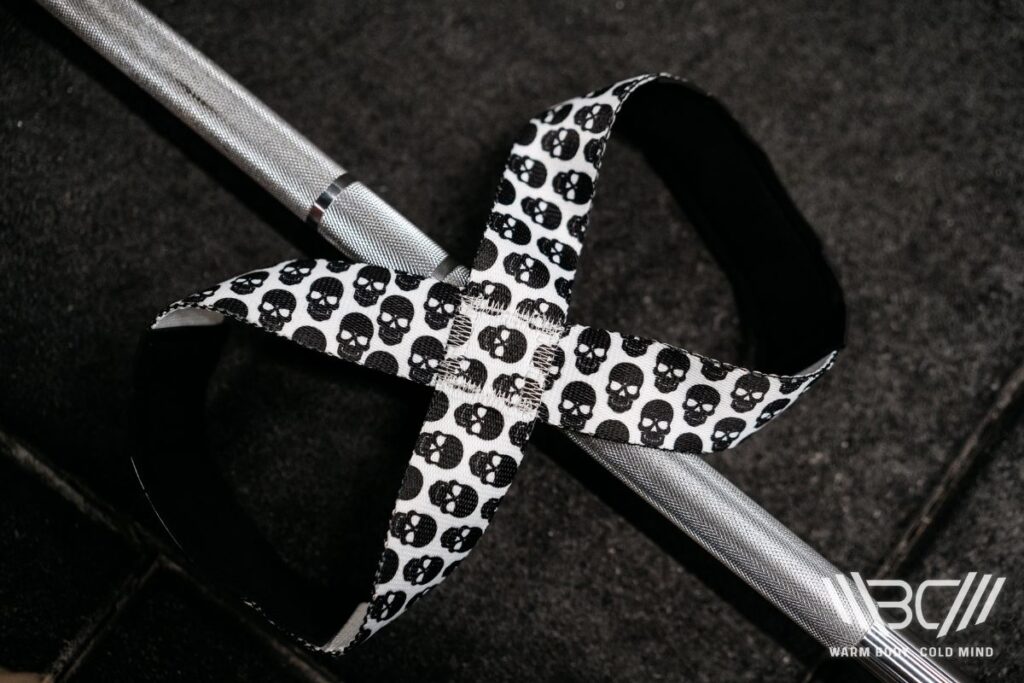
- Next, carefully slide one loop of the strap over your hand, and fit it snugly around your wrist. Make sure it’s not too tight or too loose.
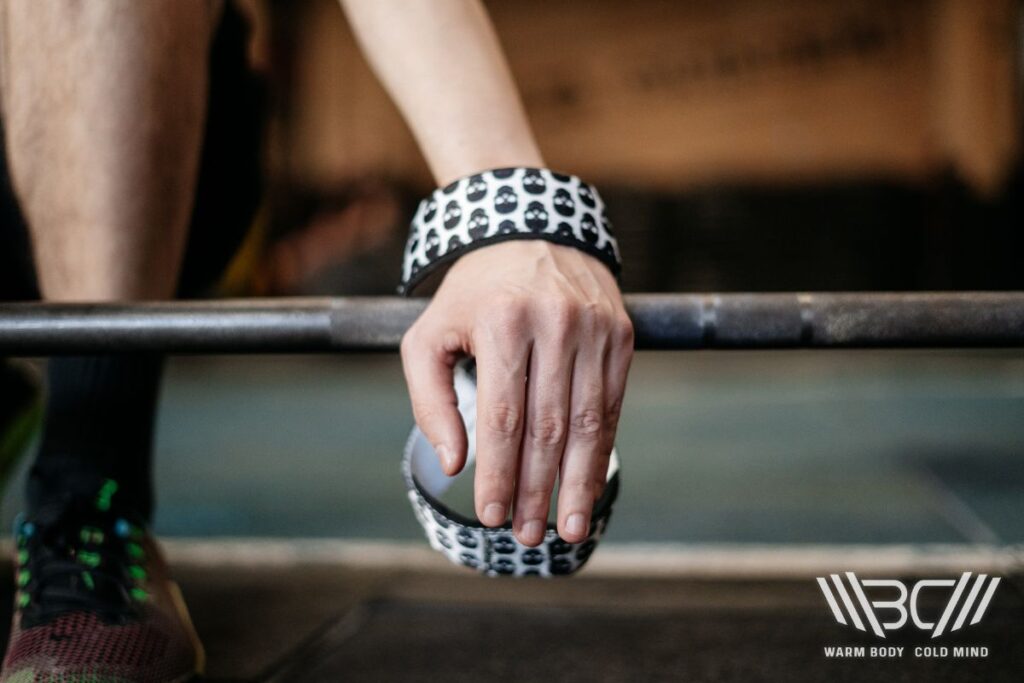
- With the strap securely wrapped around your wrist, proceed to place your hand onto the barbell, dumbbell, or any other handle you’re using for your exercise.
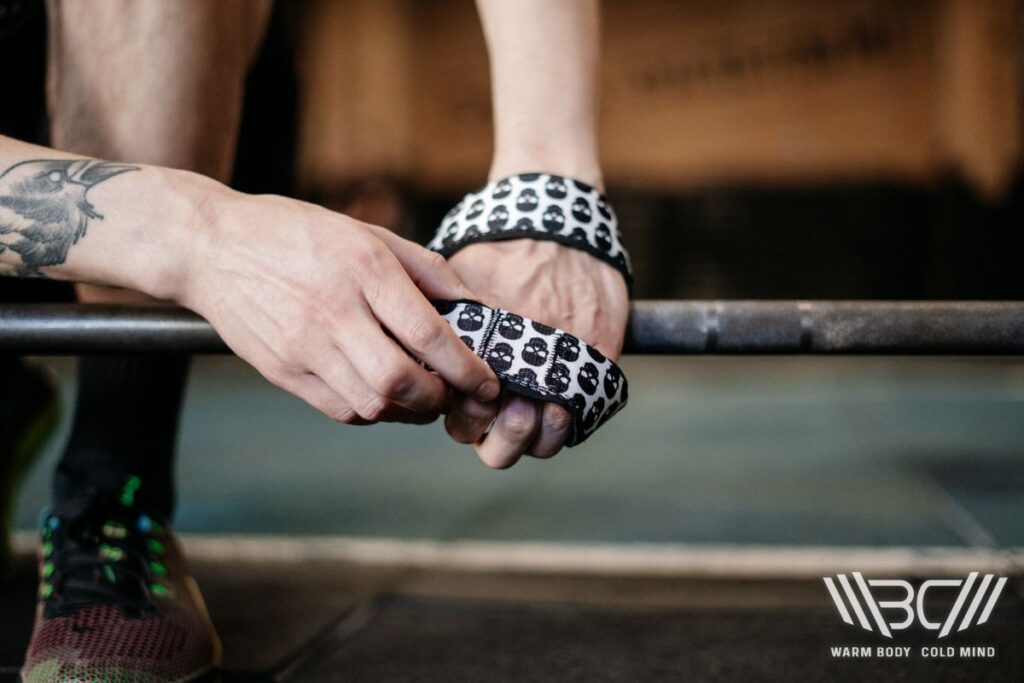
- Once your hand is in position, carefully warp the straps underneath the gripped object. Make sure the straps are even on both hands and wrapped around the barbell or handle.
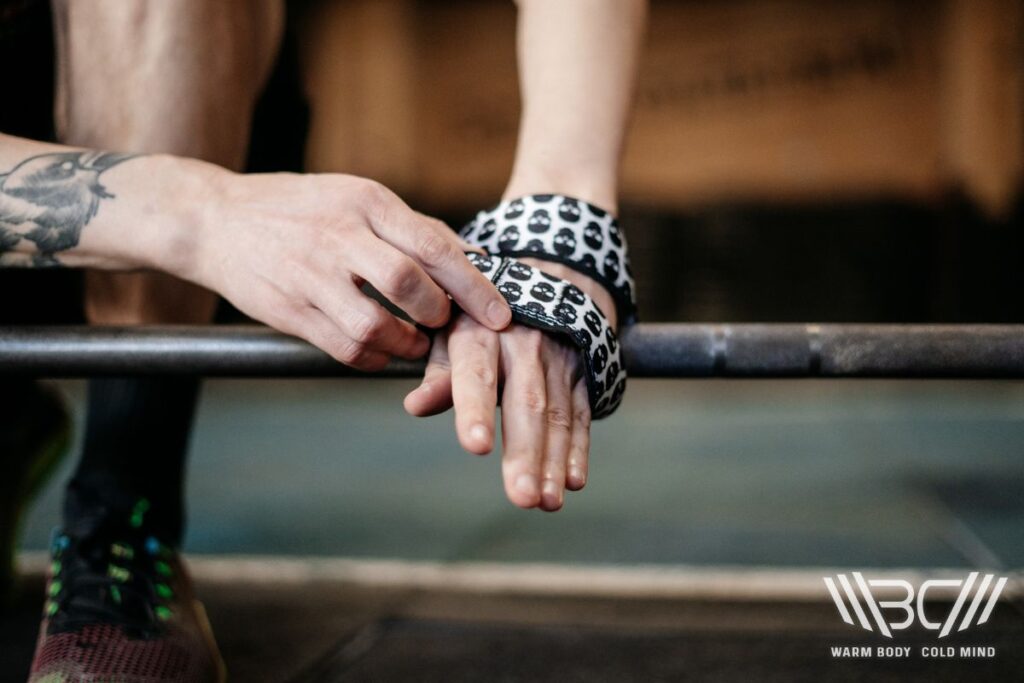
- With the first loop secured around your wrist and the straps properly wrapped underneath the object, insert your hand through the second loop of the Figure 8 strap.
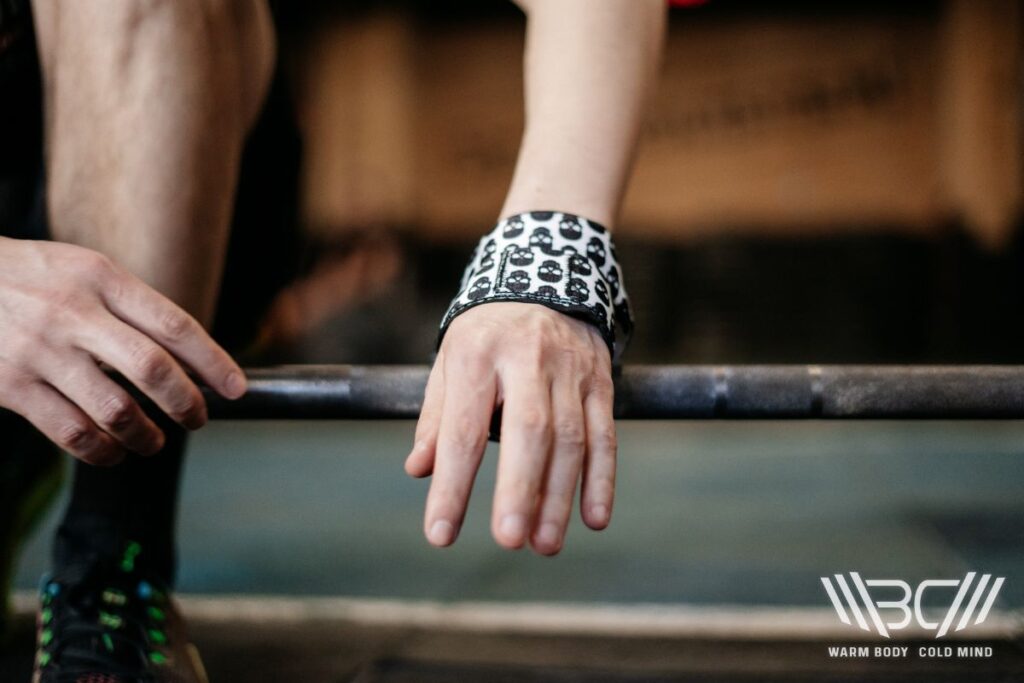
- Once the hand is through both loops, grip the barbell or handle firmly with your hand.
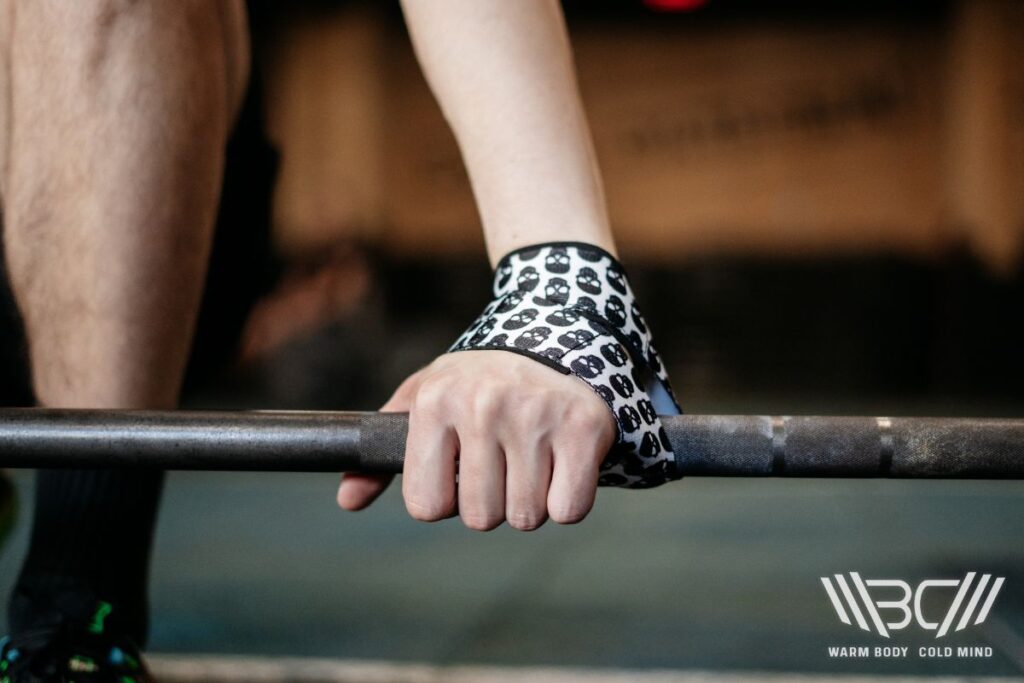
- Finally, start to lift the weight, the figure 8 lifting should support your grip and you should feel the force transfer onto your forearms
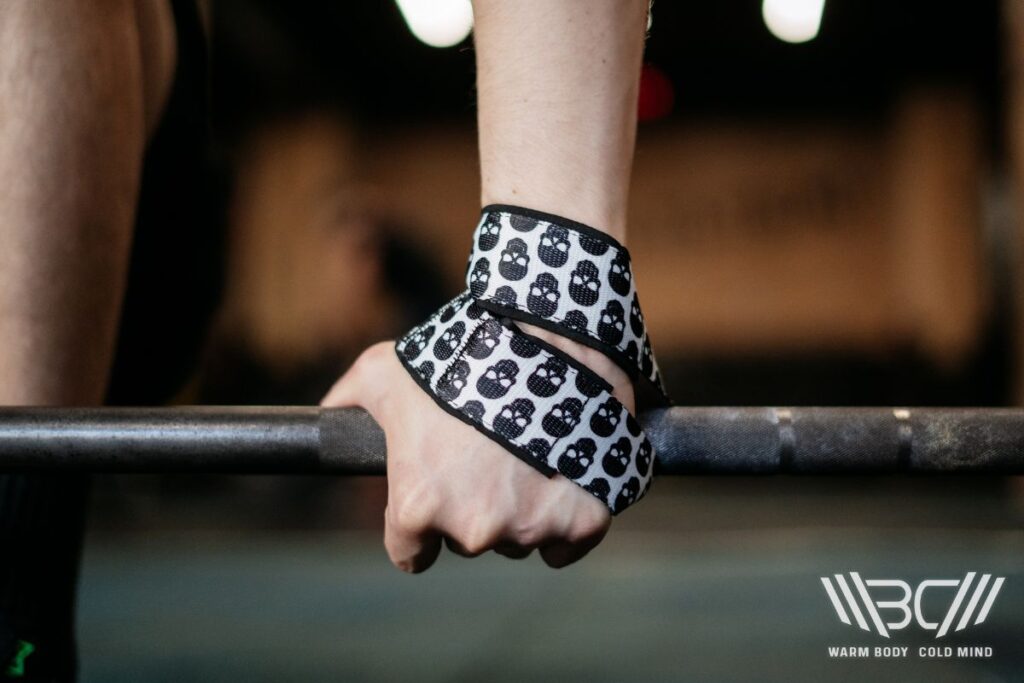
Lifting straps are most commonly used in weightlifting, hence the name. However, realistically they can be used in any pull-based exercise. Some examples of exercises where people use lifting straps include deadlifts, shrugs, bent-over rows, but also things like farmer’s walks and pull-ups. They are particularly useful for heavy lifts, as they help redistribute some of the held weight from the palms and onto our forearms.
By far the most common exercise people employ Figure 8 straps for is the deadlift and its variants. Deadlifts are notorious for the barbell digging into your palms as you try to maintain your grip. This can be an unpleasant experience, with the knurling scratching your skin and the pressure commonly leading to grip fatigue, especially in multiple repetition attempts or in later sets.
Failing a lift simply due to waning grip strength even though we’d otherwise manage the amount of weight is a common point of frustration, and is an issue that plagues both beginners and experienced lifters. With that in mind, Figure 8 deadlift straps provide a simple and effective solution.
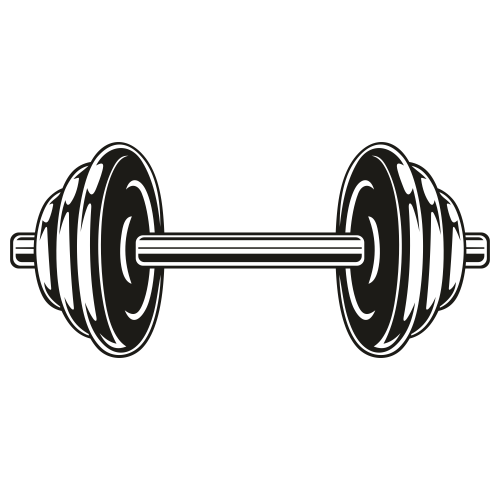
Pro Tip:
An easy way to engage lifting straps is by placing your hand on the barbell with the palm facing away. After sliding the second loop onto your hand, rotate your palm inward and grip the bar, which will tighten the straps.
3 Benefits Of Using Figure 8 Straps
Lifting straps use simple physics to make lifts easier and their value is proven both scientifically and anecdotally. Here’s how using Figure 8 straps benefits us when we exercise:
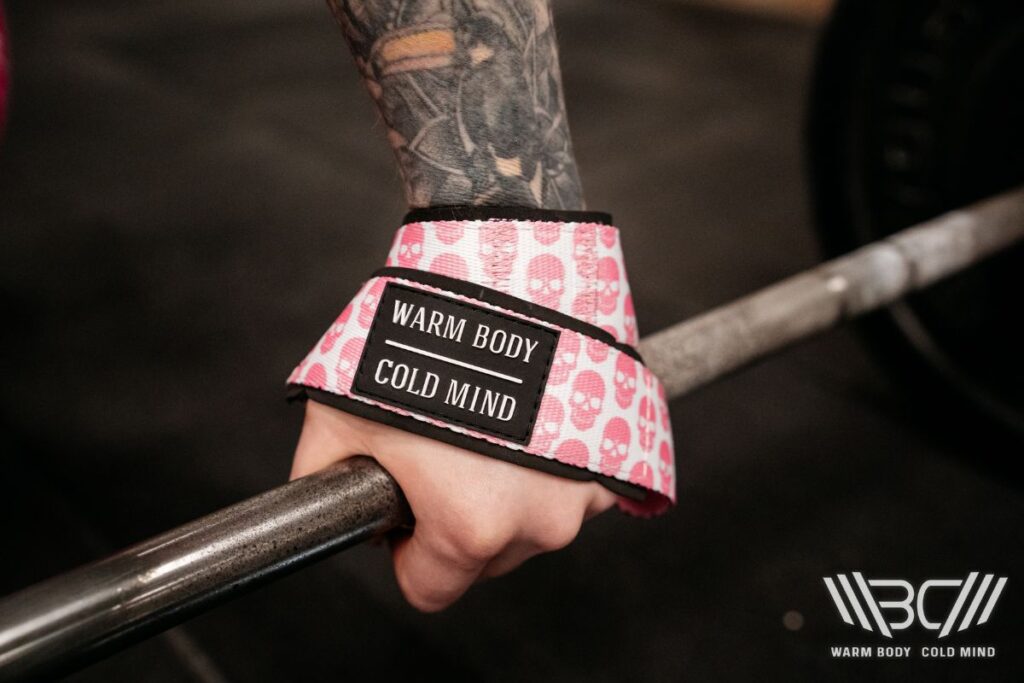
✅ Improving Grip
As briefly touched upon earlier, grip strength is a common point of failure when weightlifting. Arguably, most people’s failed attempts are a result of grip failure rather than a lack of necessary strength to carry the weight. Deadlifts and pull-ups come to mind as the primary examples of this.. This can make it difficult for beginners to get into weightlifting and experts to achieve new maximums.
Enter lifting straps. By redistributing some of the weight from your palms and onto your arms, you’ll be able to save on grip strength. As demonstrated by this study, the effects of straps include better grip retention, faster grip recovery, and better-perceived grip security and strength.
So, you’ll be able to lift longer and with more confidence. Also, if your only point of failure so far was grip strength, you could technically be able to lift more, so to speak. A similar study conducted with women weightlifters found comparable results.
✅ Prevent Injuries
Wearing lifting straps can be instrumental in preventing injuries during weightlifting in several ways. Firstly, they secure our grip, significantly reducing the likelihood of grip failure and the potential consequences of dropping the barbell. Beyond being an inconvenience and potentially drawing unwanted attention at the gym, dropping the barbell poses a real risk of injury to oneself or damage to the floor or equipment.
Secondly, struggling to maintain grip during lifts can lead to injuries like tendon pulls, while excessive pressure on the palms may result in skin damage. For example, calluses on the metacarpal area are common among weightlifters. Moreover, hand and wrist injuries are also a concern worth noting when weightlifting, particularly among female powerlifters.
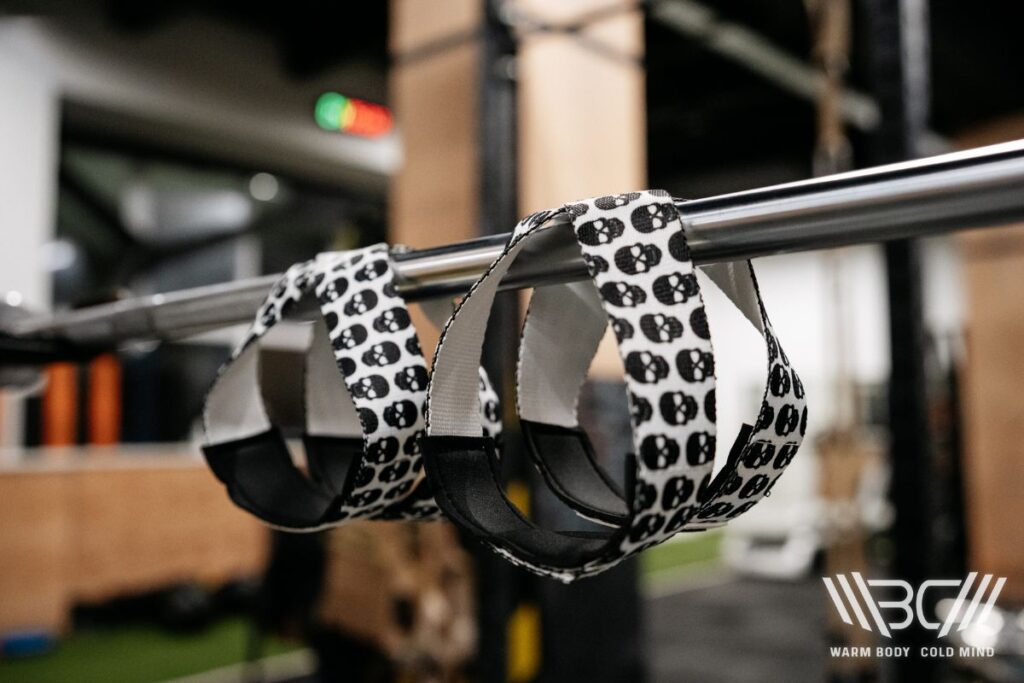
Lifting straps can help mitigate these risks by reducing the need for excessive grip strength and wrist stabilization. For individuals with health issues like carpal tunnel syndrome or those recovering from a wrist or hand injury affecting their grip, lifting straps may be the difference between being able or unable to exercise.
In addition, using lifting straps in combination with weightlifting belts, and not just straps alone, is highly recommended based on research.
✅ Easy To Use
When comparing Figure 8 vs. normal straps, the former can be much easier to use, which is why many lifters prefer it. Sliding them on and off your wrists takes just a couple of seconds, and there’s no need for tight wrapping or worrying about the fit.
The clever design allows for quick adjustments by simply twisting the material to resize the loops, ensuring a snug and secure fit every time. They’re an efficient solution if you value saving time during workouts.

Pro Tip:
Health & safety is paramount. Figure 8 Lifting straps can make it safer to lift if you have health conditions or injuries preventing you from retaining your grip.
3 Common Mistakes When Using Figure 8 Lifting Straps
So far, we’ve covered the basics of lifting straps and how to use them. Here are some variables to consider when using Figure 8 weight lifting straps.
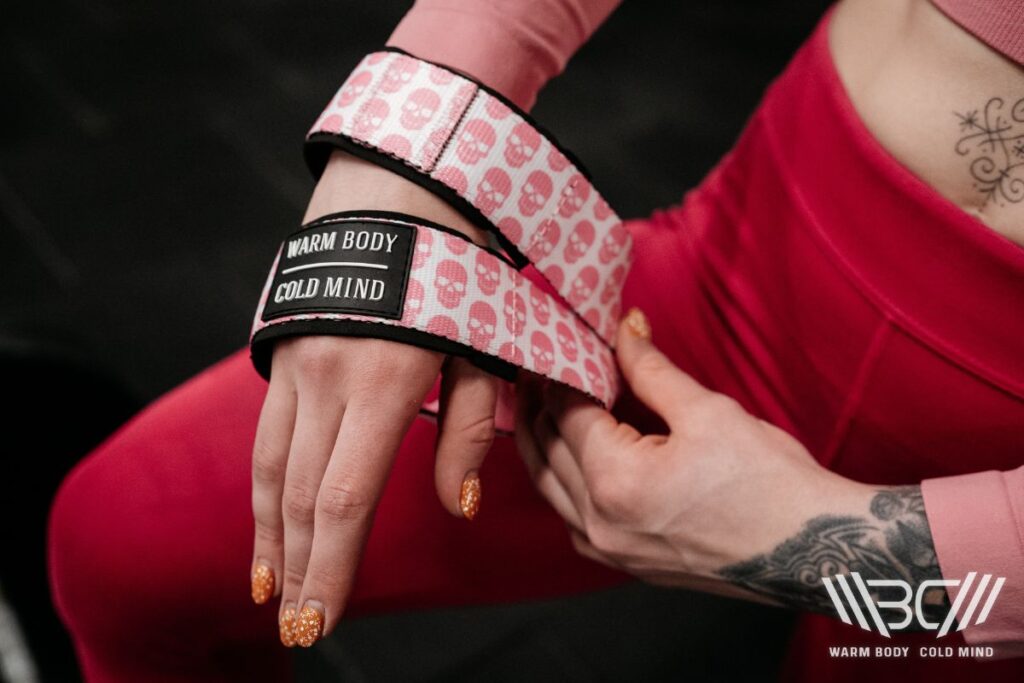
1. Wrapping Too Tight
A common mistake of using Figure 8 straps is wrapping them too tightly around your wrist on the initial loop. It seems logical that the loop should be as close as possible around the wrist for maximum security, but that’s not the case.
The fit should be snug enough that the straps can’t just slide off mid-exercise, but they shouldn’t be cutting off your blood flow before you’ve even lifted the weight. It’s normal to have room for a couple of fingers to slip through.
2. Using Straps When Unnecessary
The whole point of straps is to reduce grip fatigue on challenging lift attempts, for example, 80% of your maximum or above. Using Figure 8 straps when lifting well within manageable weight is at the very least unnecessary, and can cause overreliance. It’s fine if you feel more confident when wearing them, but you should use training with lower weight increments as a way to boost your natural grip strength.
3. Not Checking Wear & Tear
Like any exercise accessory, lifting straps will wear out over time. The last thing you want for them is to fail mid-exercise, causing you to drop weight, and potentially adding risk to yourself and your surroundings. Figure 8 straps typically have two connection points.
One is at the top where the material is sewn together to create the closed loop. The other is at the center between the two loops. Regularly check stitching and patches for wear and tear to intercept possible faulty straps.
Our Recommended Figure 8 Straps – Warm Body Cold Mind Figure 8 Lifting Straps
If you’re looking for your next pair of Figure 8 lifting straps, check out the ones we offer at Warm Body Cold Mind. The team behind our products has multiple decades of weightlifting experience up to the highest competition levels. The build is 95% durable, natural cotton mixed with 5% elastane for a bit of added stretch.
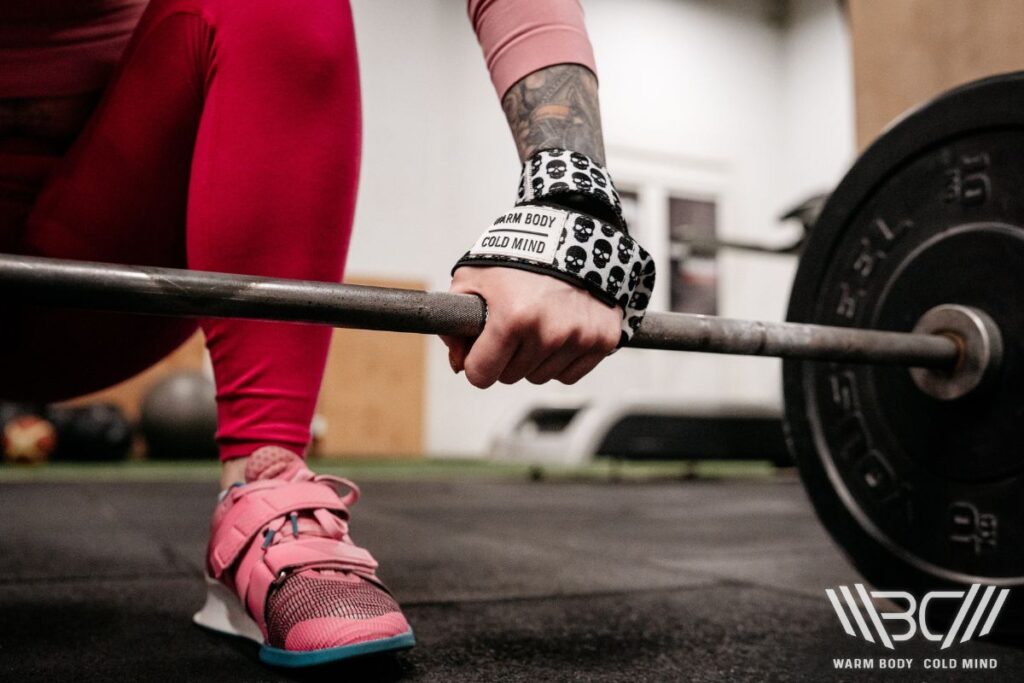
They come in six color options and three sizes, S, M, and L for 7, 7-9, and 9 and up inches of wrist circumference. In addition, the camo and check pattern versions feature neoprene cushioning on the inside, making them a bit softer on the wrists. They’re sold in pairs and we try to keep the price competitive.
FAQ
Should Figure 8 Straps Be Tight?
Lifting straps should be tight-fitting enough not to slip off your hands. However, compared to classic lifting straps, it’s not a problem if your Figure 8 straps fit a bit looser as long as they’re engaged on the barbell (or other gripped object).
Are Figure 8 Straps Better For Lifting?
Figure 8 weight lifting straps can be a difference maker when attempting challenging lifting sets, particularly if you struggle with maintaining your grip. Use them when lifting near your maximum or when you feel the grip waning in later sets.
How Much Weight Can Your Figure 8 Lift Straps Hold?
That would entirely depend on the build quality, so it will vary from brand to brand. There are some straps made from basic cotton that will fail in the lower 100s of pounds, while some nylon straps can go up to 1000 pounds (so virtually unbreakable).
What To Do If Your Figure 8 Straps Are Too Big?
The great thing about Figure 8 lifting straps is that they’re easily adjustable even if you get the wrong size. Due to their 8 shape, you can simply twist the loops in opposite directions and excess material will bulk in the intersection, creating smaller-fitting loops.
Can I Use Figure 8 Lifting Straps With Dumbbells?
Yes, you can use Figure 8/double loop lifting straps on dumbbells or pretty much any bar or handle you’re gripping onto. As long as the exercise you’re doing is based on pulling for momentum, you will feel the difference.
Conclusion
Now you know how to use Figure 8 lifting straps. If you’re into weightlifting but struggle with retaining grip on the barbell, straps can be a big difference maker. By redistributing some of the weight from your grip and onto your forearms, you can achieve all kinds of desirable effects, such as lifting more weight or doing more sets before fatigue.
Double loop lifting straps are quick and easy to use, making them a popular choice. If you’re shopping for a pair, we recommend the Warm Body Cold Mind Figure 8 Straps.
Now we’d like to hear from you. Let us know what your favorite lifting exercise is. Also, tell us if you’ve tried lifting with straps before and how different it felt. Leave a comment below and remember to follow us on our social media pages if you want more similar content.
Also read:
References:
- Ivan Jukic, Amador García-Ramos, Jiří Baláš, Jan Malecek, Dan Omcirk, James J. Tufano, “Ergogenic effects of lifting straps on movement velocity, grip strength, perceived exertion and grip security during the deadlift exercise,” Physiology & Behavior (2021), 229:113283.
- J. Siewe, J. Rudat, M. Röllinghoff, U. J. Schlegel, P. Eysel, J. W.-P. Michael, “Injuries and overuse syndromes in powerlifting,” International Journal of Sports Medicine vol. 32, no. 9 (2011), 703-711.
- Kevin M. Trahey, Evan M. Lapp, Trent N. Talipan, Thomas J. Guydan, Alexander J. Krupka, Carrie E. Ellis, “The Effect of Lifting Straps on Deadlift Performance in Females,” Journal of Strength and Conditioning Research vol. 37, no. 10 (2023), 1924-1928.
- Sherea M. Stricklin, Katie S. Payne, Ryan K. Rader, Karen D. Schilli, William V. Stoecker, “Clues from Hands Part I: Personal Details about Patients Revealed by Hand Examination,” Missouri Medicine vol. 111, no. 4 (2014), 349-351.
- Shirley S.M. Fong, Louisa M.Y. Chung, Yang Gao, Jeff Chak Wai Lee, Tak Ching Chang, Ada W.W. Ma, “The influence of weightlifting belts and wrist straps on deadlift kinematics, time to complete a deadlift and rating of perceived exertion in male recreational weightlifters,” Medicine (Baltimore) vol. 101, no. 7, (2022), e28918.
- All photos are made by WBCM Media team.
Author: Jason Li
Personal Coach | Functional Range Conditioning Mobility Specialist
Jason is an NYC personal training expert and National level Olympic Weightlifting Coach with over 10 years of experience training everyday clients to high levels of performance. He has trained everyone from youth (13 years old and under) to masters (60+ years old) to regional and national rankings for powerlifting, Olympic Weightlifting, Short distance (up to 200m) sprinting, discus & hammer throwing.

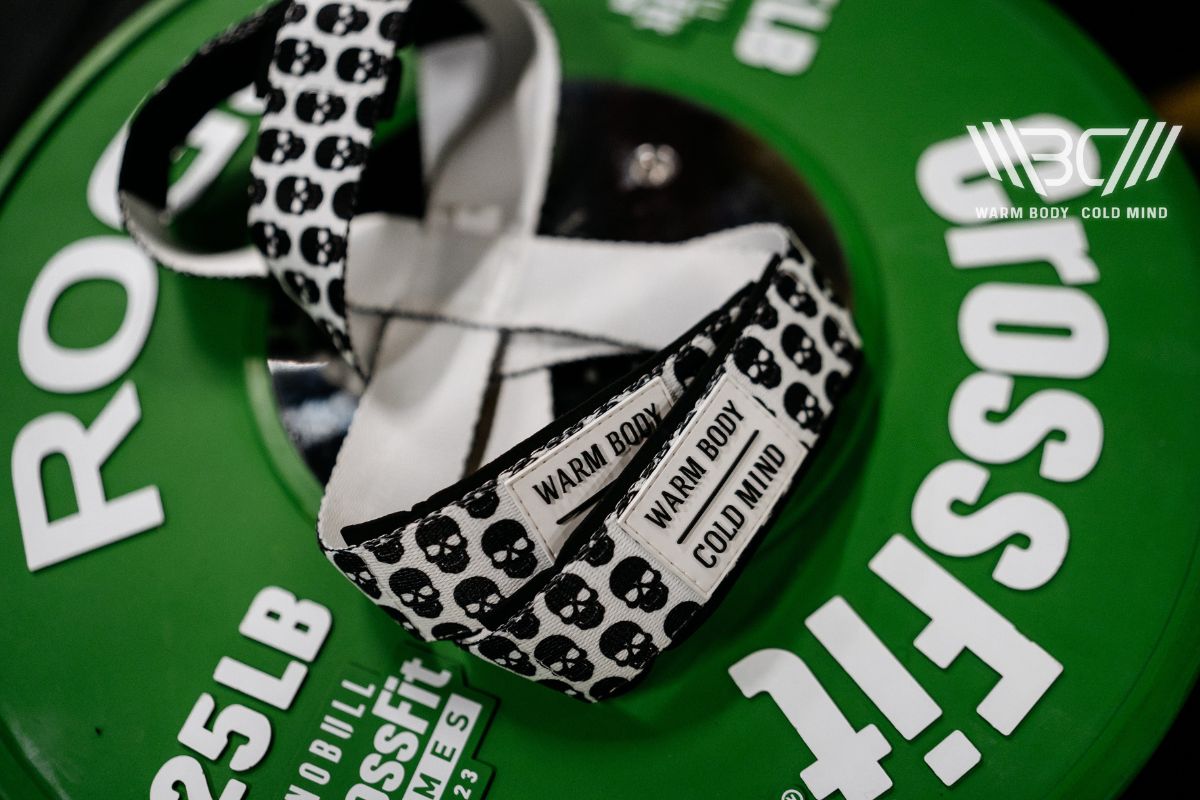
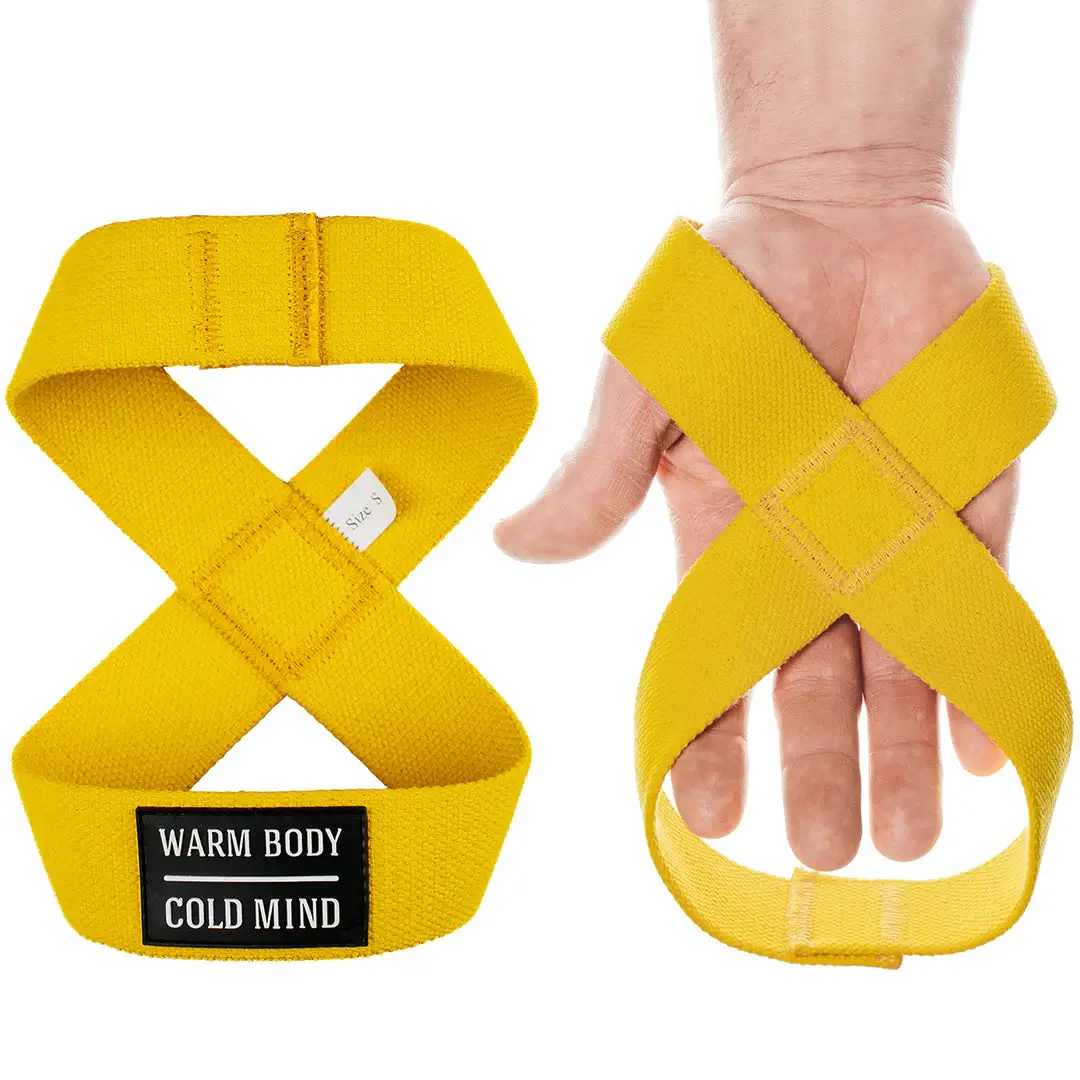
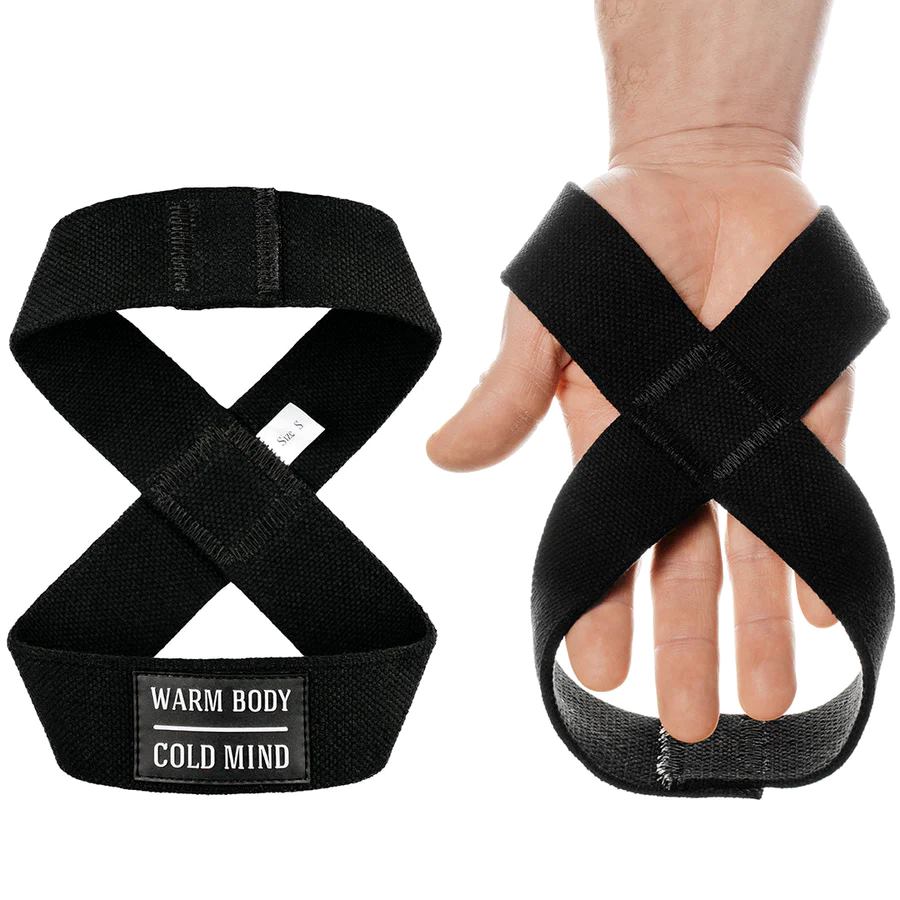

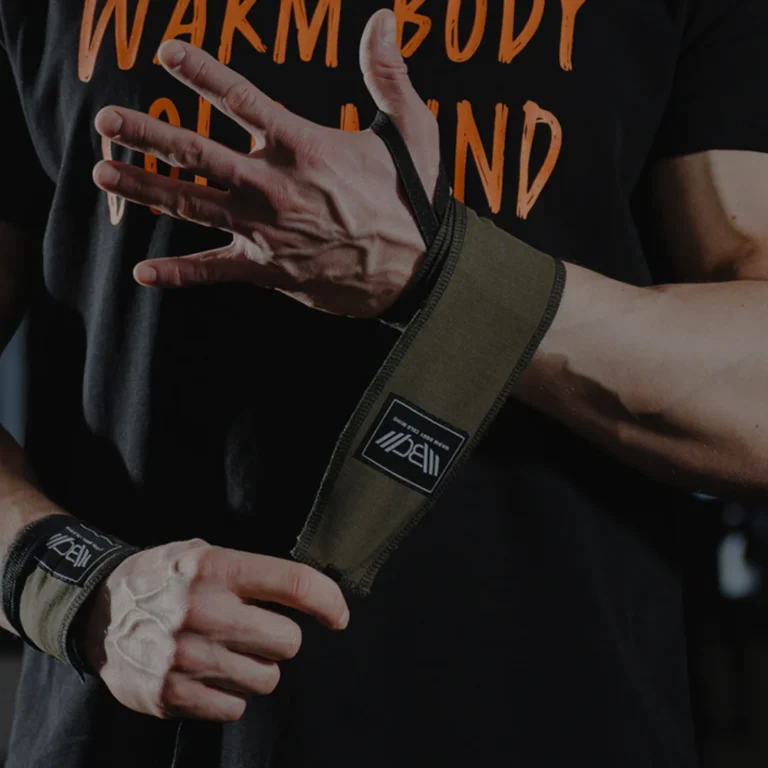
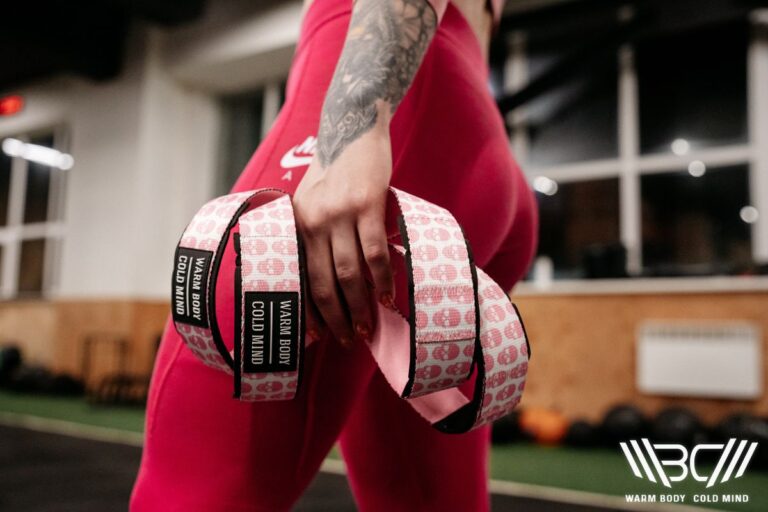
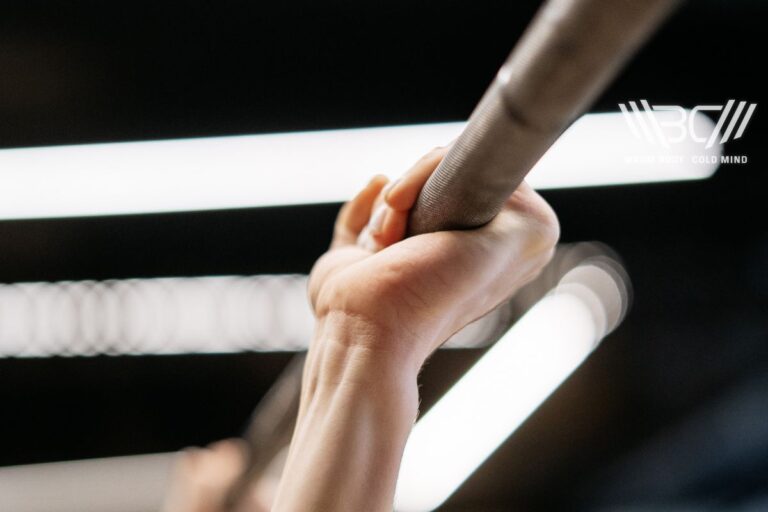
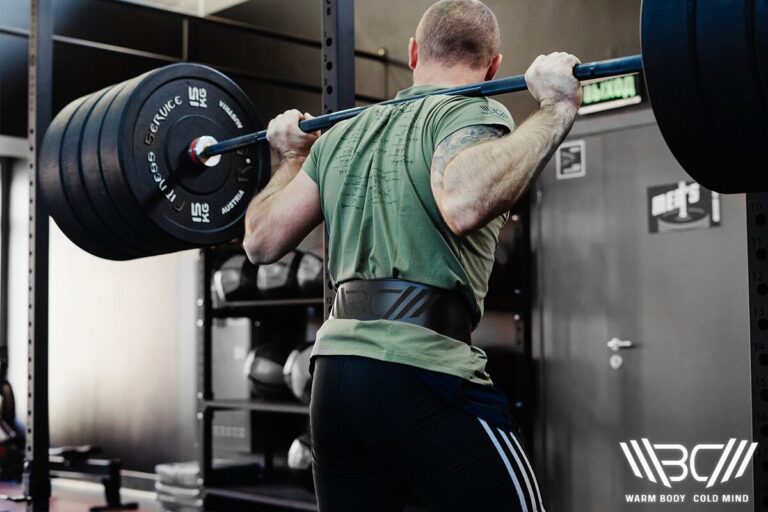
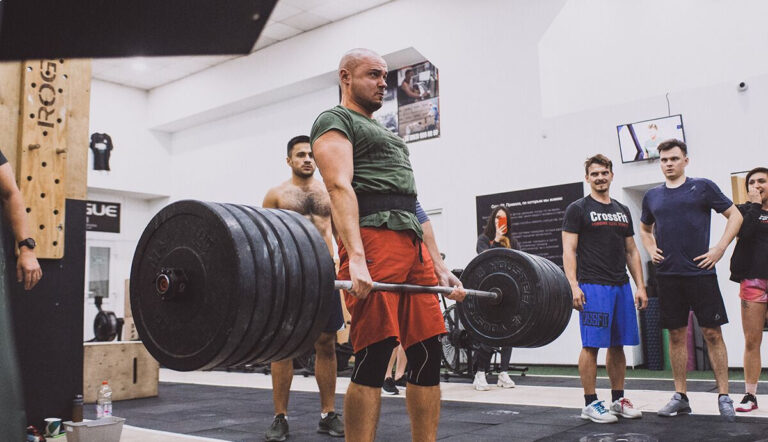
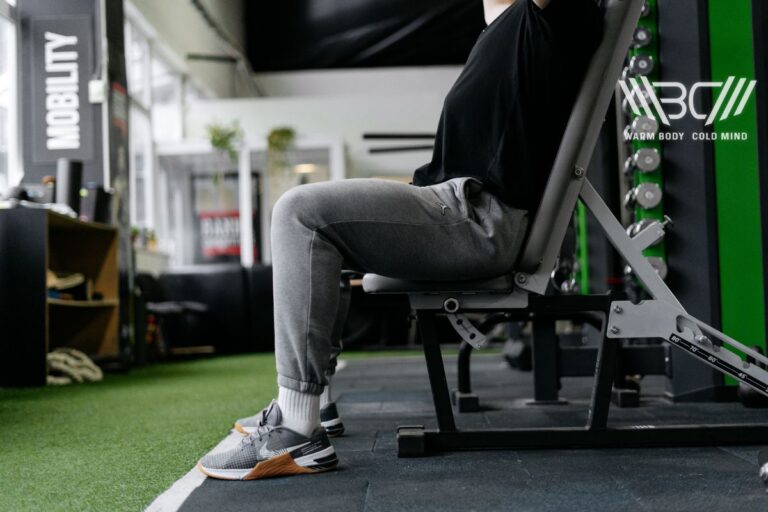
Very interesting article, I’ve been looking for information on this topic for a long time and yours is the most complete in terms of content. Thanks to the step-by-step instructions and photos, I understood exactly how to put on and use figure 8 lifting straps.